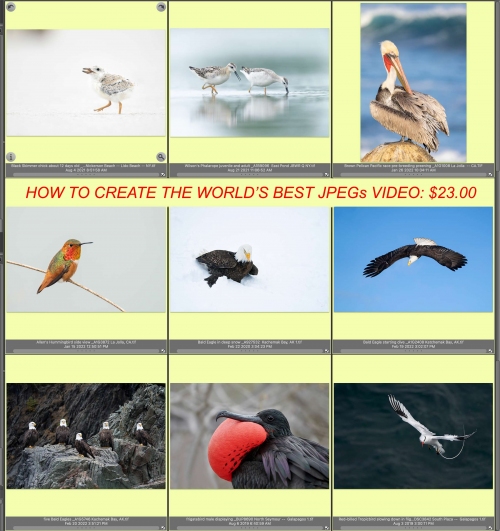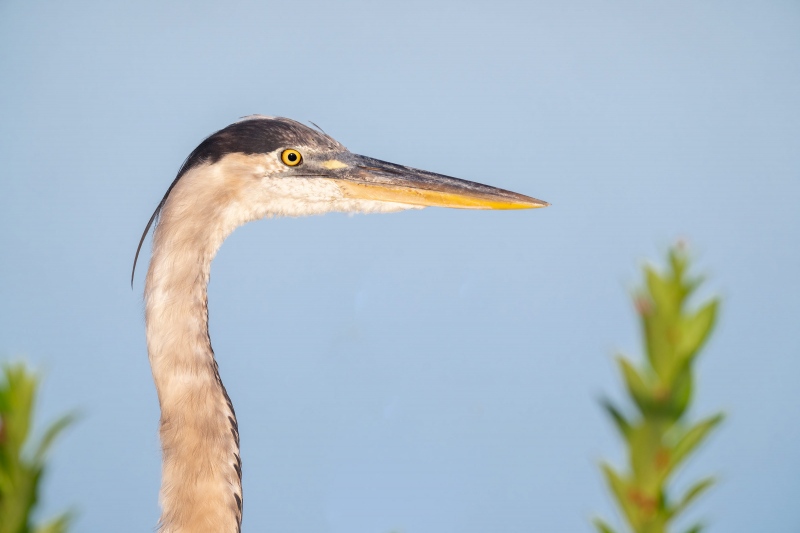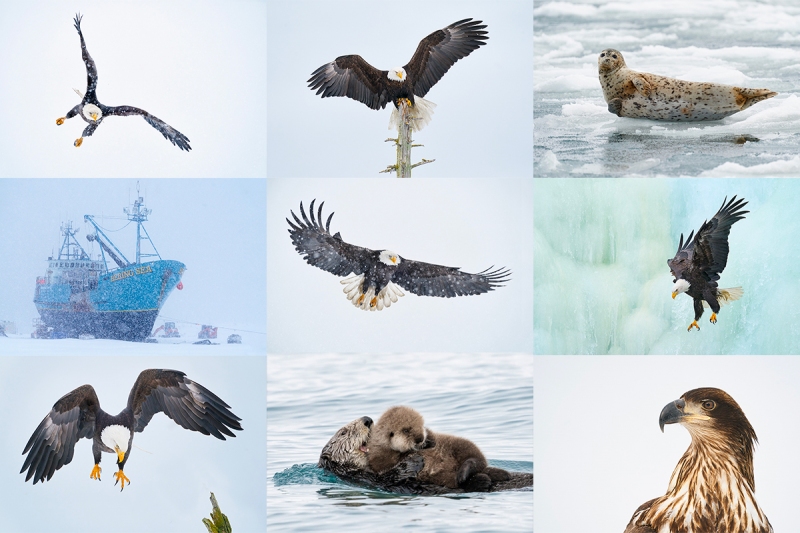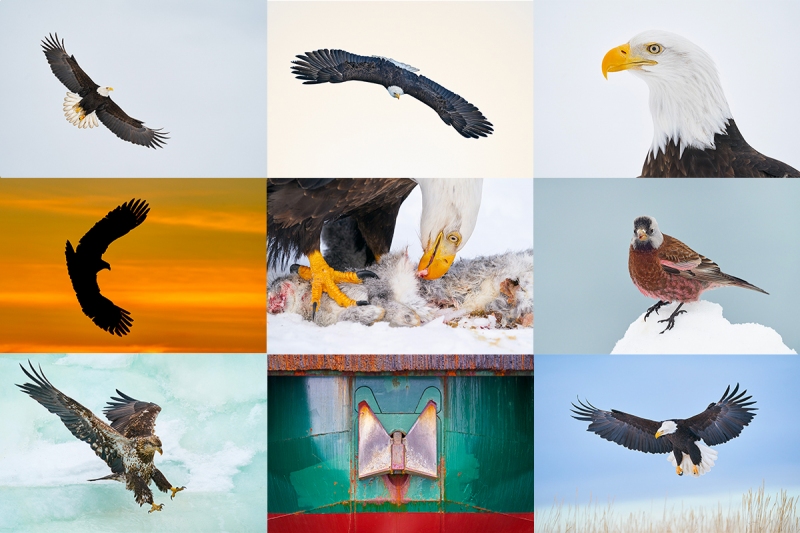Jacksonville In-the-Field Sessions
Though nobody signed up for the first Jacksonville IPT, I am driving up on Friday and shooting through Tuesday morning. Dustin Hulbert inspired me with his e-mail a few days ago stating that the nesting season is in full swing with non-stop flight action, terns carrying all types of fish and invertebrates, lots of chicks, and lots of Laughing Gull/Royal tern midair battles.
The cost of a 3-1/2 hour morning session (this coming Saturday thru Tuesday) is only $275.00. For an additional $25.00, you can meet me at my AirBnb in Jacksonville and ride to, on, and from the beach with me. If you are interested in signing up for one or more sessions, please shoot me an e-mail ASAP.
What’s Up?
There was a huge cloud in front of the rising sun on Thursday morning. There was little going on other than a few Green Herons, so I headed back home at 7:30am to get ready to head up to Jacksonville tomorrow. I surpised my self by making a few nice high-ISO images.
I was glad to learn that Dennis Huff is signing up for the first two Homer IPTs. Several others have expressed interest in joining me for one of the three IPTs. If you are interested do not tarry. Before you know it, they will all be sold out. Details below.
Thanks to the many who commented on the striking Green Heron image in yesterday’s blog post. All agreed that the heron was able to maintain its grip on the piling. The answer will be revealed here soon in a short video.
Today is Friday 1 July 2022. The forecast is for this morning is for for partly cloudy with almost no wind. If I am finished packing, I’ll head down to the pier for a bit. I have an 8:45am chiropractic appointment in town. When I am finished, I will head north. Wherever you are and whatever you are doing, I hope that you too have a great day. This blog post took about 90 Minutes to prepare and makes one hundred four days in a row with a new one.
Please remember to use the B&H and Amazon links that are found on most blog pages and to use the BIRDSASART discount code at checkout when purchasing your new gear from Bedfords to get 3% back on your credit card and enjoy free second-day air FedEx. Please, also, consider joining a BAA IPT. You will be amazed at how much you will learn!
Follow me on Instagram here. I am trying to feature both new and old images, especially images that have not appeared recently on the blog. Or search for birds_as_art.
|
|
Creating the World’s Best JPEGs (Video) |
Creating the World’s Best JPEGs Video: $23.00
In this 16-minute video, you will learn to create relatively small, high quality JPEGs to varying size specifications. However you wish to size your JPEGs, you will learn to create and sharpen highly detailed JPEGs that can be saved while limiting the file size. The method that I use to generically sharpen all my JPEGs is unique. Sharpening the whole image saves a ton of time and with the values that I use, nobody has ever commented on over-sharpening and the final results are spectacular. In the video, I show you exactly how I create and sharpen JPEGs for the blog and how I create and sharpen JPEGs for BirdPhotographer’s.Net. With my recipe, you will learn to create JPEGs to your specific size requirements while at the same time, maximizing image quality and limiting the file size.
Thanks to Anke Frohlich for pointing me in the right direction as to creating fabulous JPEGs.
You can order your copy here in the BAA Online Store.
|
|
|
This image was created on 29 June 2022 down by the lake near my home at Indian Lake Estates, FL. Working from the driver’s seat of my SUV, I used the BLUBB-supported Sony FE 600mm f/4 GM OSS lens, the Sony FE 2.0x Teleconverter, and The One, the Sony Alpha 1 Mirrorless Digital Camera). The exposure was determined via Zebra technology with ISO on the thumb dial. ISO 320. 1/1000 sec. at f/8 (wide open) in Manual mode. When evaluated in RawDigger, the raw file exposure was determined to be perfect. AWB at 7:17:54am on sunny morning. Tracking: Spot S AF-C with Bird Face/Eye detection enabled performed perfectly even at 1200mm. Be sure to click on the image to enjoy a high-res version. Great Blue Heron head portrait |
Killer JPEGs
Last September, a friend, Anke Frohlich, showed me how she created her JPEGs. What she showed me was eye-opening. I adapted her method to suit my needs and the result was that I was able to create stunning JPEGs while keeping the file sizes small. For the last ten months, every hi-res JPEG that you have seen on the blog after clicking on the image is (astoundingly) less then 395KB.
Image Question
Would you have left the green plant on the left side of the frame, the one behind the bird? Why or why not?
Homer 2022 Bald Eagle Highlights and Handholding Compositional Tips by Arthur Morris/BIRDS AS ART
Enjoy and be inspired by just a few Homer Bald Eagle highlight images. Hand holding intermediate telephoto lens will always yield slightly different compositions. Learn more about that topic in this short (3:14) video.
|
|
|
2023 Homer/Kachemak Bay Bald Eagle IPTs
IPT #1: MON 20 FEB 2023 through the full day on FRI 24 FEB 2023. Five full days/20 hours on the boat: $5500.00. Limit 5 photographers/Openings: 4.
IPT #2: SAT 25 FEB 2023 through the full day on THURS 2 MAR 2023. Six full days/24 hours on the boat: $6600.00. Limit 5 photographers/Openings: 2.
IPT #3: FRI 3 MAR 2023 through the full day on TUES 7 MAR 2023. Five full days/20 hours on the boat: $5500.00. Limit 5 photographers. Openings: 4.
Save $1,000.00 by doing back-to-back trips. Save $1500.00 by doing all three and driving round trip from Anchorage to Homer and back with me.
These trips feature non-stop flight photography as well as many opportunities to create both environmental and point-blank portraits of one of North America’s most sought-after avian subjects: Bald Eagle (Haliaeetus leucocephalus). Other reliable subjects will include Sea Otter, Glaucous-winged and Short-billed (formerly Mew) Gulls.
In addition, we should see Common Murre, Black Guillemot, Pelagic Cormorant, two or three species of loons, and a smattering of ducks including two species of merganser, all three scoters, Common and Barrow’s Goldeneyes, Bufflehead, Harlequin, and Long-tailed Ducks. Close-range photographic chances for these species will require a ton of good luck. Some of these species, especially when in flocks, can, however, often be used effectively when pleasing creating bird-scapes.
If we need to be out early, we will be the first boat out. If conditions are great, we will stay out. And when there is a chance for sunset silhouettes, we will be in the right spot.
We will be traveling through gorgeous wilderness country; landscape and scenic opportunities abound.
Also featured is a professional leader, often referred to as the world’s most knowledgeable bird photography trip leader, who is conversant in Canon, Nikon, and Sony. You will learn practical and creative solutions to everyday photographic problems. You will learn to see the shot, to create dynamic images by fine-tuning your compositions, to best utilize your camera’s AF system, and how to analyze the wind, the sky conditions, and the direction and quality of the light. This is one of the very few Homer trips available where you will not be simply put on the birds and told to have fun. You will learn to be a better photographer.
You will learn to get the right exposure when it is sunny, when it cloudy-bright, when it is cloudy, when it is cloudy-dark, or when it is foggy. Not to mention getting the right exposure when creating silhouettes.
You will learn to make pleasing blurs working in manual mode and to create silhouettes working in Shutter Priority mode.
Most importantly you will learn to pick your best flight images from tens of thousands of images.
You will enjoy working with the two best and most creative boat captains on their sturdy, photography-spacious, seaworthy, open-deck crafts.
The second and third IPTs are the only Bald Eagle workshops that feature an incredibly helpful first mate.
Only five photographers (not the usual six), plus the leader.
Small group Photoshop, Image Review, and Image Critiquing sessions.
|
|
All images from Homer or Kachemak Bay, AK |
What’s Included
One four hour or two two-hour boat trips every day (weather permitting), all boat fees and boat-related expenses (excluding tips), ground transportation to and from the dock and back to the hotel each day, in-the-field instruction and guidance, pre-trip gear advice, small group post-processing and image review sessions, and a thank you dinner for all well-behaved participants.
What’s Not Included
Your airfare to and from Homer, AK (via Anchorage), the cost of your room at Land’s End Resort, all personal items, all meals and beverages, and tips for the boat captain and/or the first mate.
Please Note
On great days, the group may wish to photograph for more than four hours. If the total time on the boat exceeds 20 hours for the five-day trips, or 24 hours for the second trip, the group will share the additional expense at a rate of $225/hour.
Some folks may wish to rent their own vehicle to take advantage of local photographic opportunities around Homer.
Deposit Information
A $3000 non-refundable deposit/trip is required. You may pay your deposit with credit card or by personal check (made out to BIRDS AS ART) and sent via US mail only to Arthur Morris. PO Box 7245. Indian Lake Estates, FL 33855. Your balance, due 90 days before the date of departure, is payable only by check as above.
In Closing
I have been going to Homer off and on for close to two decades. Every trip has been nothing short of fantastic. Many folks go in mid-March. The earlier you go, the better the chances for snow. The only way to assure that you are on the best of the three trips is to sign up for all of them. Can you keep up with me? If you have any questions, or are good to go for one, two, or all three trips, please let me know via e-mail or give me a call on my cell phone at 863-221-2372.
Typos
With all blog posts, feel free to e-mail or to leave a comment regarding any typos or errors.


















Hi Artie, I would leave the branch on the left in the image for 2 reasons: 1) It helps balance the larger branch on the right, and 2) it forms a triangle consisting of the 2 branches and the bird’s eye with the eye forming the main point of attraction.
Thanks, Dane. I agree 🙂
with love, a